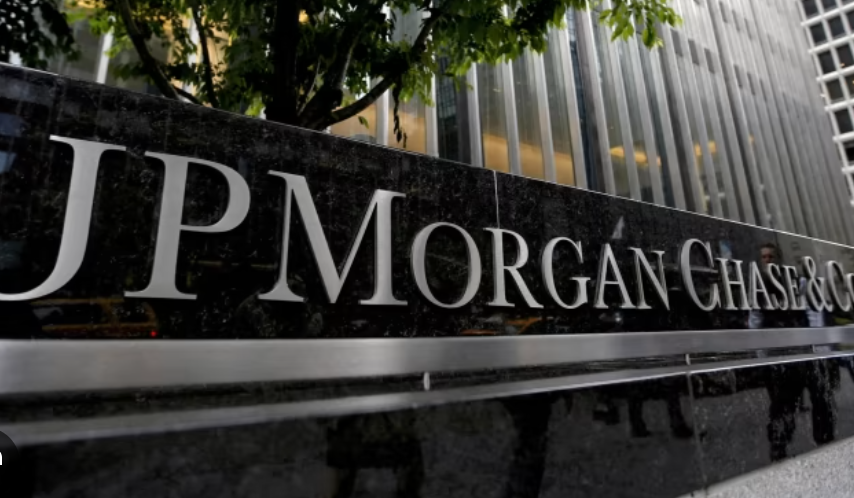#JamieDimon #Stagflation #Inflation #EconomicOutlook #USBanking #Deficits #InfrastructureSpending #FinancialNews
Jamie Dimon, the CEO of JPMorgan Chase, the largest bank in the United States, recently cautioned about the potential threat of stagflation — a combination of stagnant economic growth and high inflation. During a discussion on the current and future economic landscape, Dimon highlighted the multifaceted challenges that could spur inflationary pressures. Among these, he cited the expansive fiscal policies leading to higher deficits and the significant investment in infrastructure projects planned across the country. His warnings come at a time when the economy is already grappling with the lingering impacts of the COVID-19 pandemic, supply chain disruptions, and a tight labor market.
Dimon emphasized that while increased infrastructure spending is necessary for long-term economic growth, it often carries short-term inflationary pressures. The U.S. government has earmarked trillions of dollars for infrastructure development, which includes rebuilding roads, bridges, and expanding broadband access, among other projects. These initiatives, while beneficial in the long run, generally require massive amounts of raw materials and labor, potentially driving up prices in these sectors. Furthermore, as these projects roll out, they may exacerbate already existing supply chain bottlenecks, further driving up costs and contributing to inflation.
In addition to infrastructure spending, Dimon pointed to rising federal deficits as a critical driver of inflation. The U.S. government has run substantial deficits for years, a trend that has been exacerbated by pandemic relief measures and other fiscal stimuli. Higher deficits can lead to increased borrowing, and when the government borrows more, interest rates could potentially rise, putting upward pressure on prices. Moreover, the Federal Reserve’s monetary policies, designed to support economic recovery, may also add to inflationary expectations, as the balance between stimulating the economy and keeping inflation in check remains delicate.
Dimon’s assessment reflects a broader concern among economists and financial analysts who warn that the combination of high government spending, persistent supply chain issues, and a tight labor market could create an environment ripe for stagflation. While the Federal Reserve continues to monitor inflation and adjust its policies, the path forward remains uncertain. Policymakers face the challenge of supporting economic recovery without letting inflation spiral out of control. Dimon’s insights serve as a reminder of the complexity involved in navigating these economic waters and the importance of balancing fiscal and monetary policies to maintain economic stability.







Comments are closed.